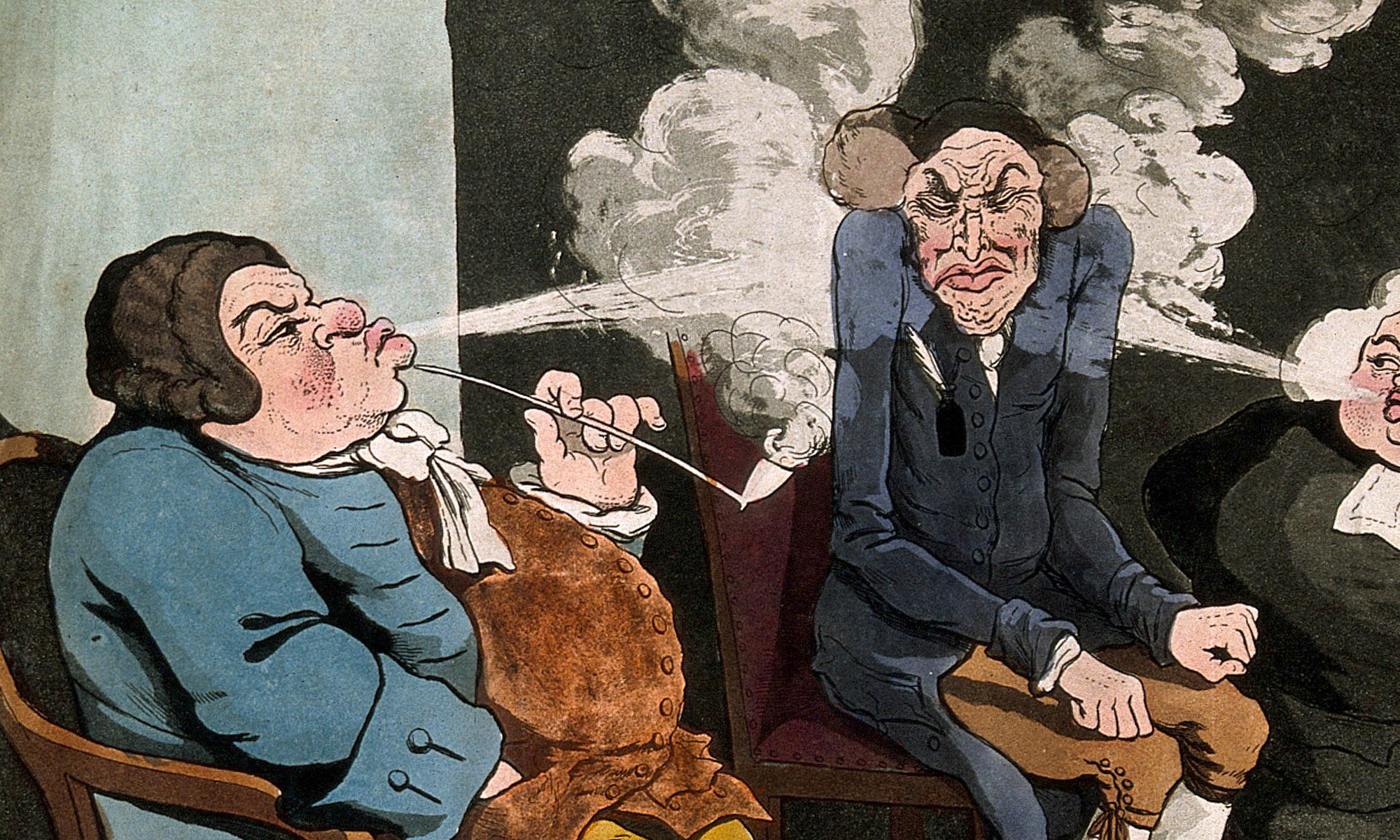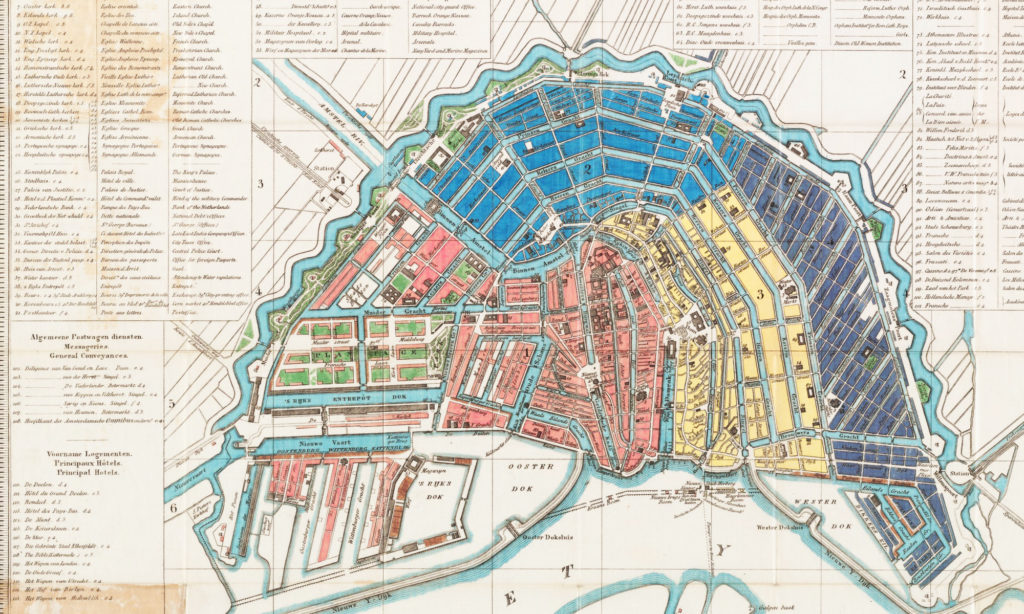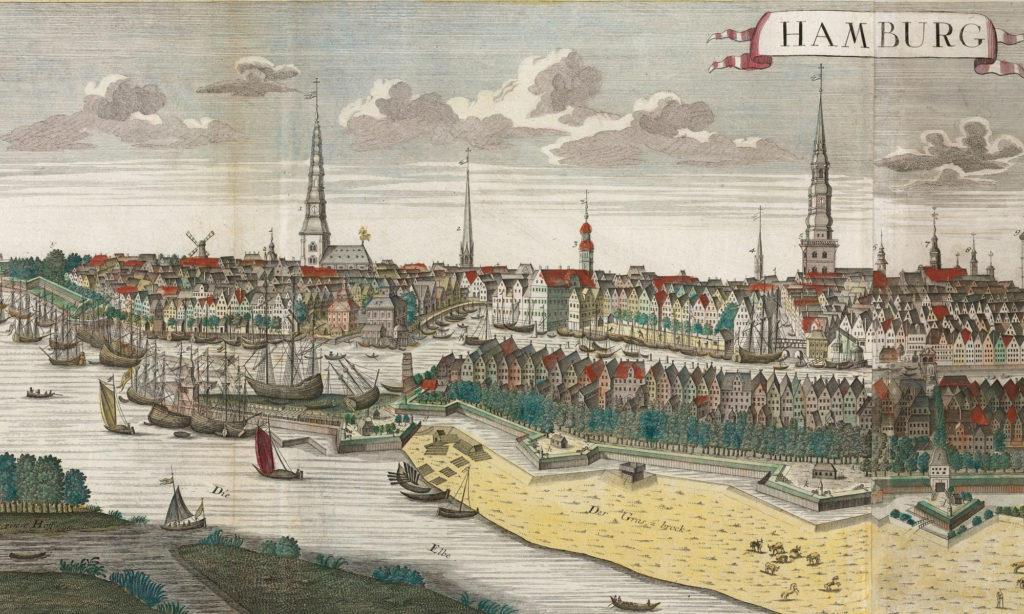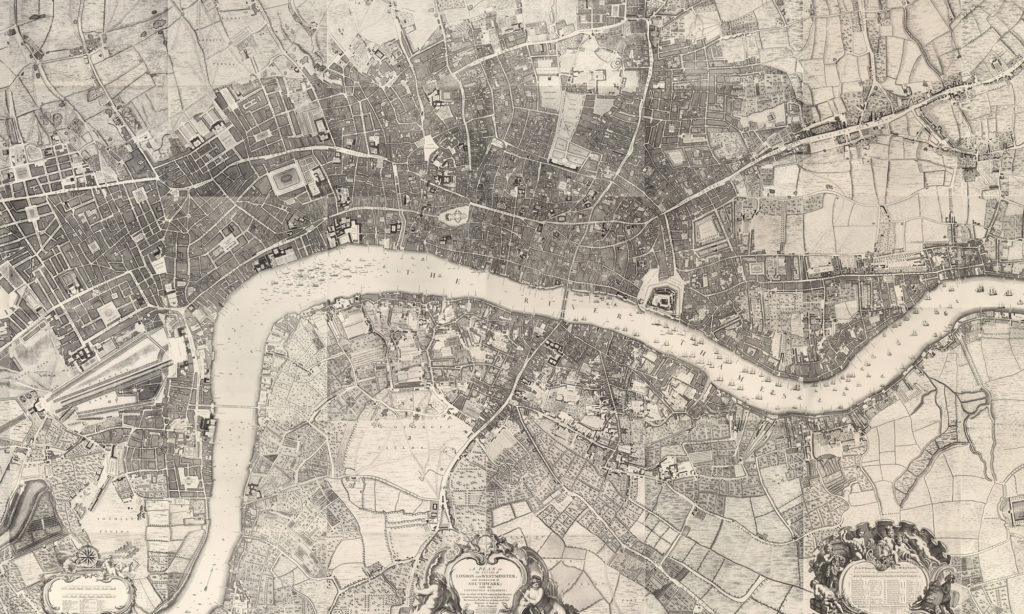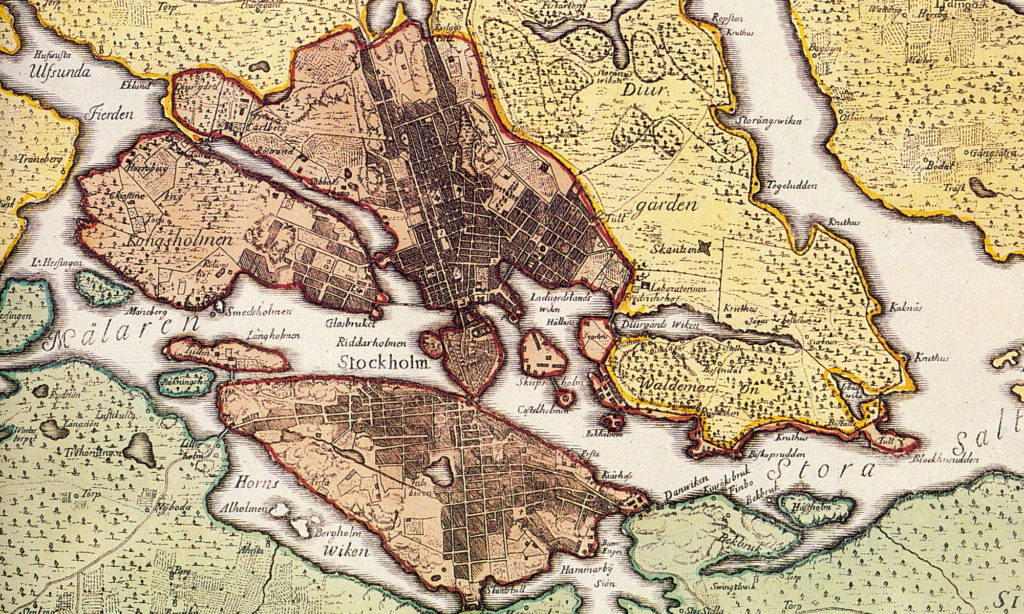‘New intoxicants’ refers to substances that were unfamiliar to Europeans before 1600, but which by 1850 were dietary staples across the continent. They include tobacco and sugar, which became mass Atlantic imports from the 1620s; coffee, which was introduced into Europe from Arabia in the 1650s and became a mass Atlantic and Asian import from the 1720s; tea, which was introduced into northwestern Europe in the 1640s and became a mass Asian import from the 1720s; cocoa, which was a restricted Atlantic import from the 1650s; and opium, which was imported into Europe from the Levant and latterly Asia, and which by the second half of the eighteenth century was an everyday commodity.
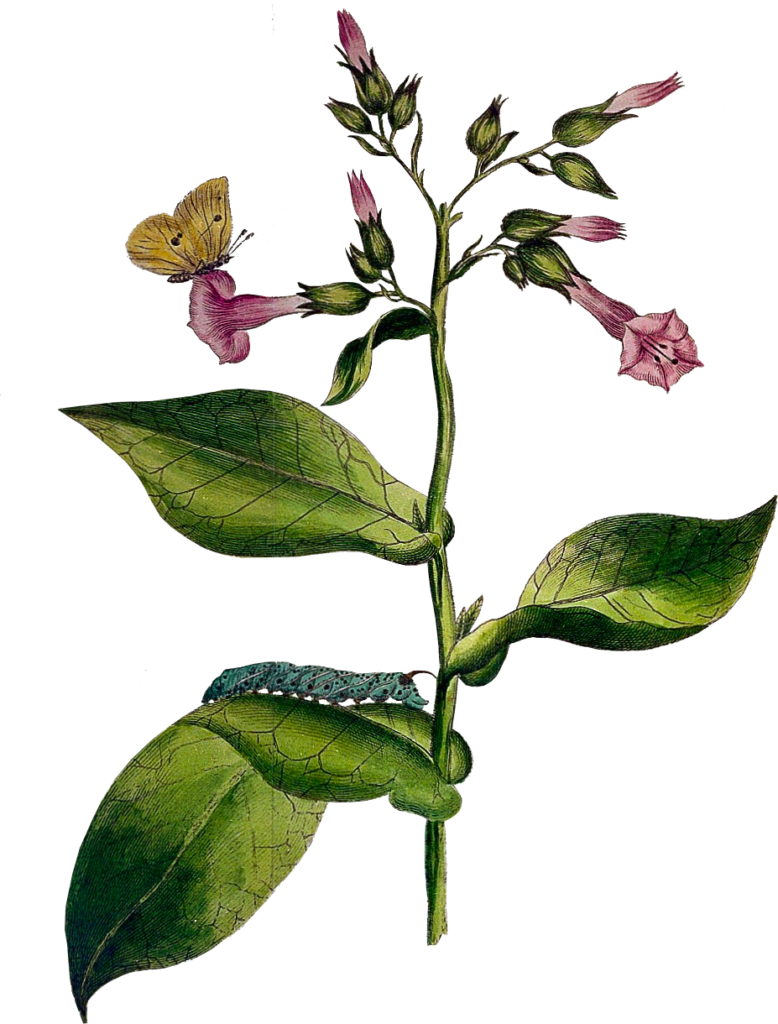
Case Studies
We compared the influence of these substances on four urban settlements between c.1600 and c.1850. These rapidly developing port cities were at once important recipients of new intoxicants and their associated practices, points of distribution to regional and national hinterlands within the Netherlands, Germany, the UK, and Sweden, and central to the formation of a North/Baltic Sea trading zone with an Atlantic and Asiatic scope.
Themes
Within each urban hub, we were especially interested in:
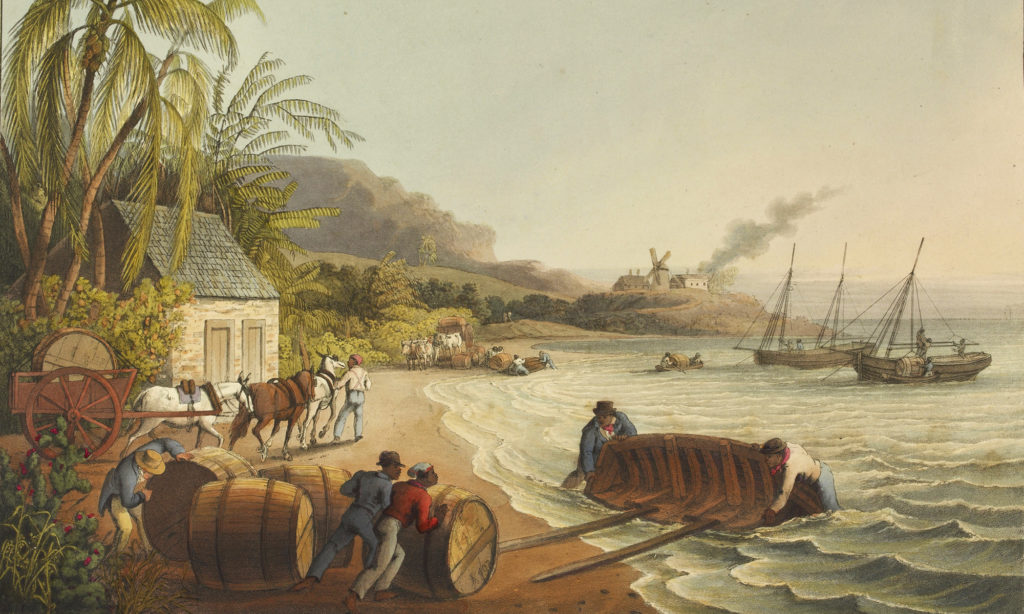
Urban Space
The settlements, systems, and networks – local, regional, intercity, and global – through which new intoxicants entered and circulated within each metropole, including slavery and the other varieties of colonial violence that underpinned much international trafficking.
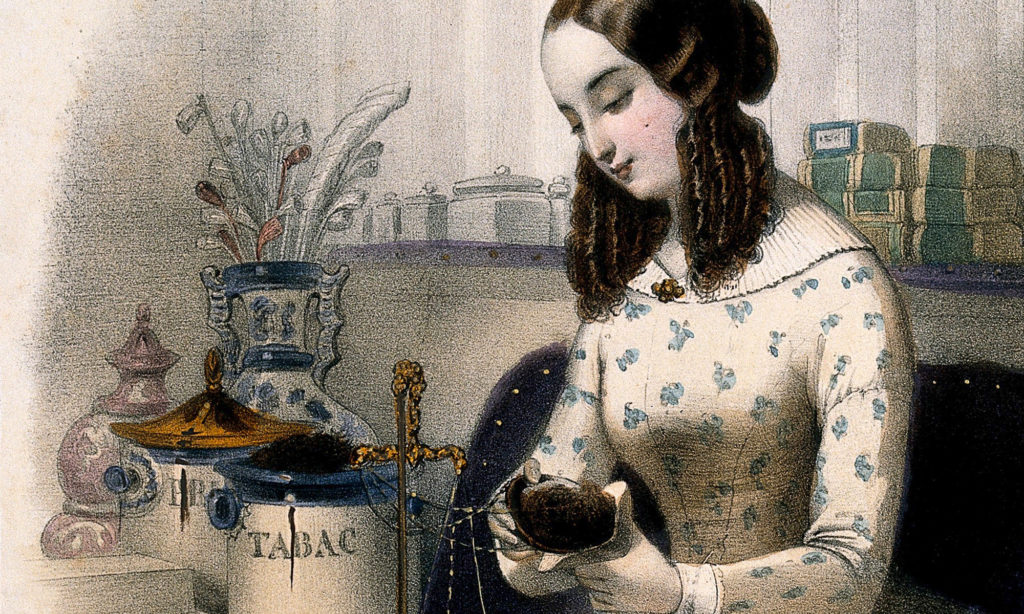
Public Space
The built and institutional environments for vending and sociability – alehouses, brothels, coffeehouses, chocolate houses, docks, fairs, guilds, inns, markets, molly houses, opium dens, parks, pharmacies, pleasure gardens, royal courts, shops, streets, taverns, theatres, and tearooms – in which new intoxicants were exchanged and consumed, and which they in turn helped to shape.
Methodology
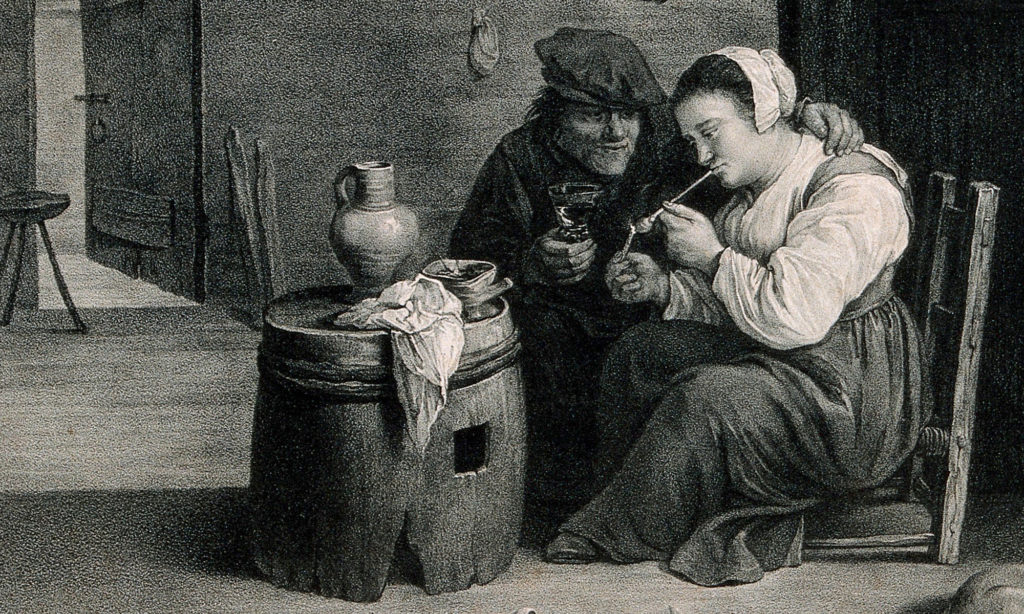
We explored these themes through the lens of social practice theory (praxeology). This is a tradition of social scientific analysis that seeks to understand human behaviour – past and present – by focusing not on the elusive ‘motives’ of participating individuals, nor on the deterministic ‘structures’ of the society in which they act, but instead on the very ‘practices’, or shared ways of ‘saying and doing’, through which things happen. A practice is best understood as a ‘routinized type of behaviour’: purchasing a pound of sugar in a grocer’s shop, say, or sharing a pipe of Virginia tobacco in a sailor’s tavern. It’s made up of multiple different ‘elements’, such as materials (spaces, substances, things, technologies), competences (skills, know-how, techniques), and meanings (associations, ideas, and aspirations). Conceived of in this way, social practice theory offered us a simple and elegant way of analysing and communicating the changing impact of new intoxicants on Europe’s public spaces, especially by encouraging the development of a coherent typology of shared ‘elements’ that enabled the experience of our case study cities to be meaningfully compared across time and space (especially in the context of our online exhibition).
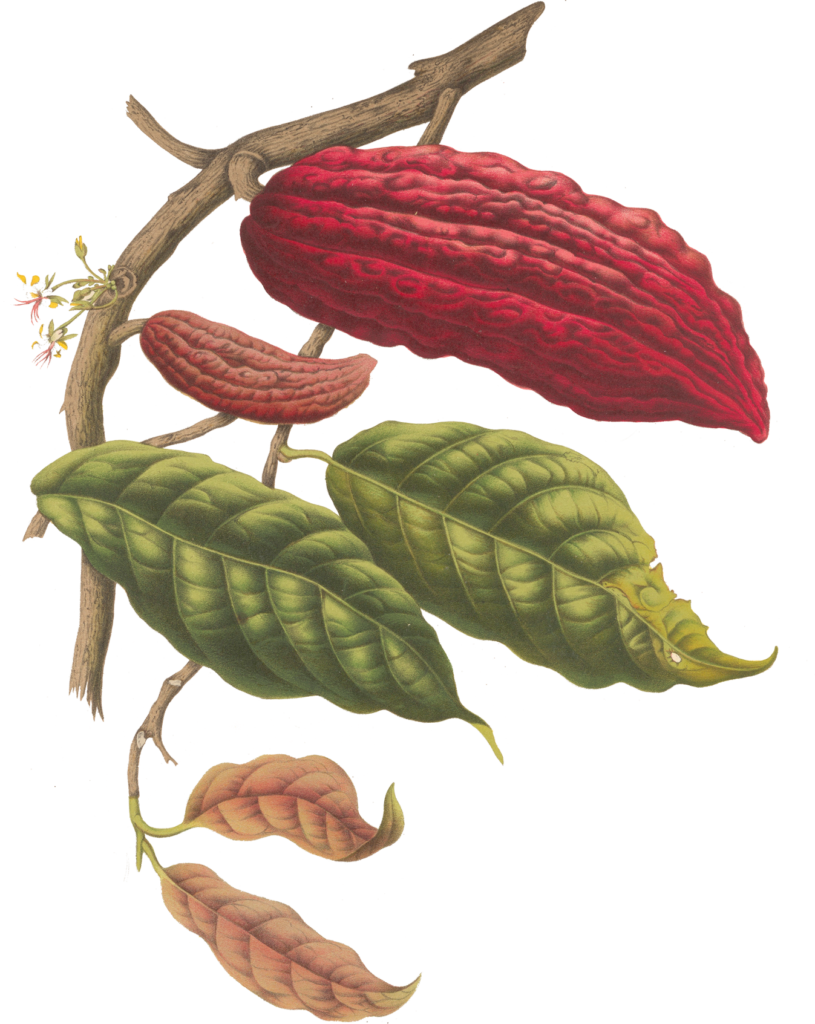
New Intoxicants, Colonialism, & Slavery
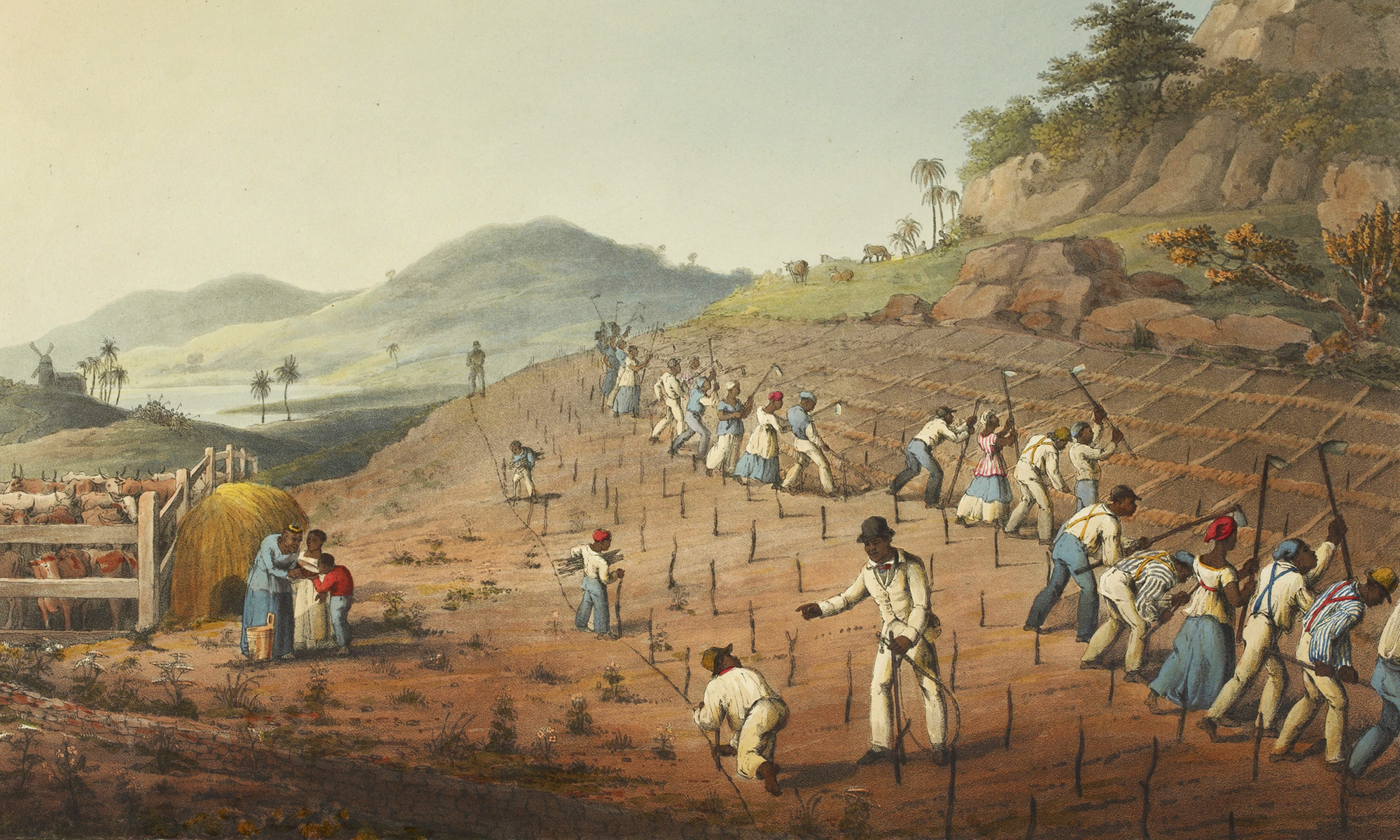
- The pleasurable rush of new intoxicants in Europe was made possible by the establishment of slave economies across the Atlantic world; the genteel environments of coffeehouse, tearoom, and smoking club superimposed the violence and incivility of colony, plantation, and below decks.
- Our period witnessed the forced transportation of c.12.5 million black Africans by the Danish, Dutch, English, French, Portuguese, and Spanish empires to produce not only rice, cotton, and precious metals but also cacao, coffee, tobacco, and – above all – sugar (together with its derivatives, molasses and rum).
- The tropical climes of the New World permitted the cultivation of these crops on a massive scale; however, free European migrants, indentured servants and convicts, and Native American populations (the latter decimated by the epidemiological impact of colonisation) were insufficient to meet the intensive labour demands of plantations.
- Coerced labour from Africa was the response, with the transport of slave-grown new intoxicants back to the Old World from the Caribbean and North America making up a third of the slave triangle.
- In a very real and direct sense, then, European consumers chasing highs were responsible for initiating and sustaining the almost unimaginable cruelties of plantation slavery: from the trauma of kidnapping and enslavement in Africa, to the terror of the Middle Passage, to the daily horrors of subjugation on estates, which combined long hours and backbreaking work in tropical conditions with militaristic discipline and punishments that included whipping, branding, castration, ear-cropping, and amputation.
- The boycotting of new intoxicants – such as abstention from sugar by ‘anti-saccharites’ in eighteenth-century England – also played a key role within abolitionist movements, while archaeological excavations of plantations have suggested that the consumption of these commodities, especially of tobacco, was an integral part of slave culture.
- For more on this key theme, see Stephen’s blog post.
